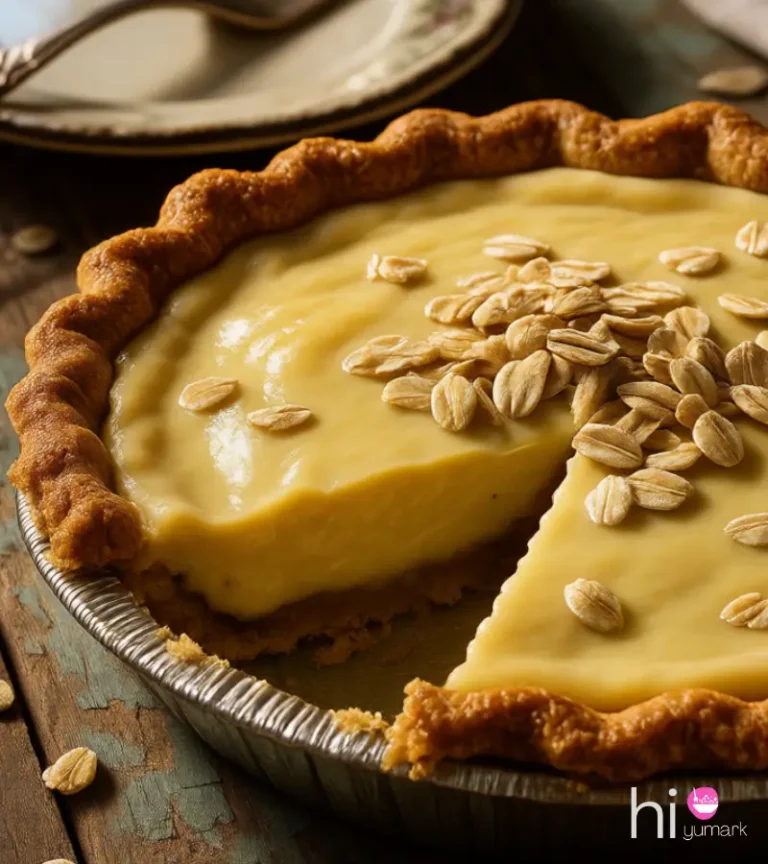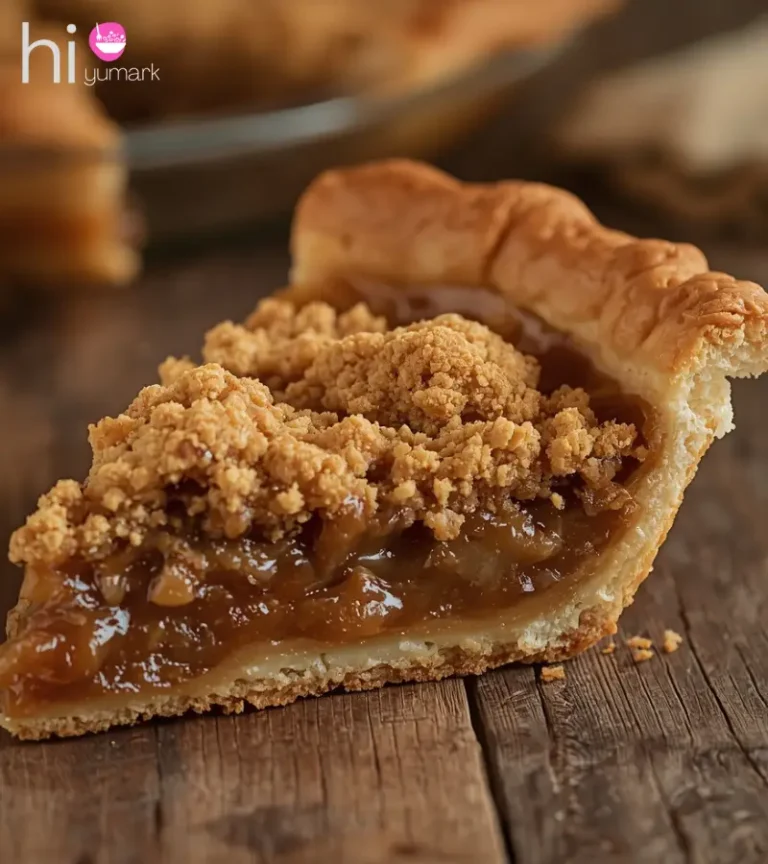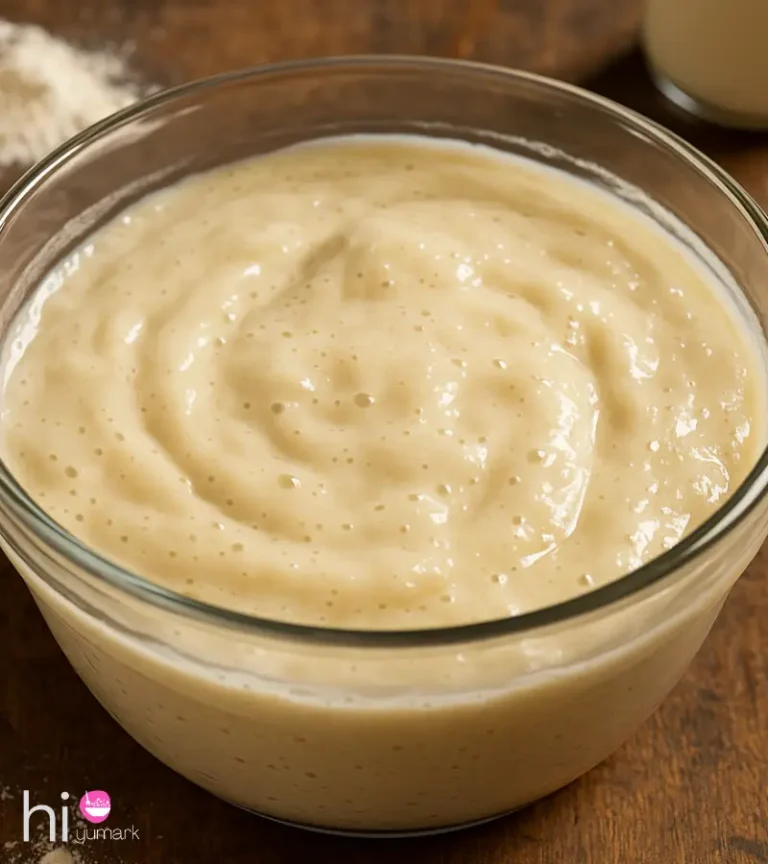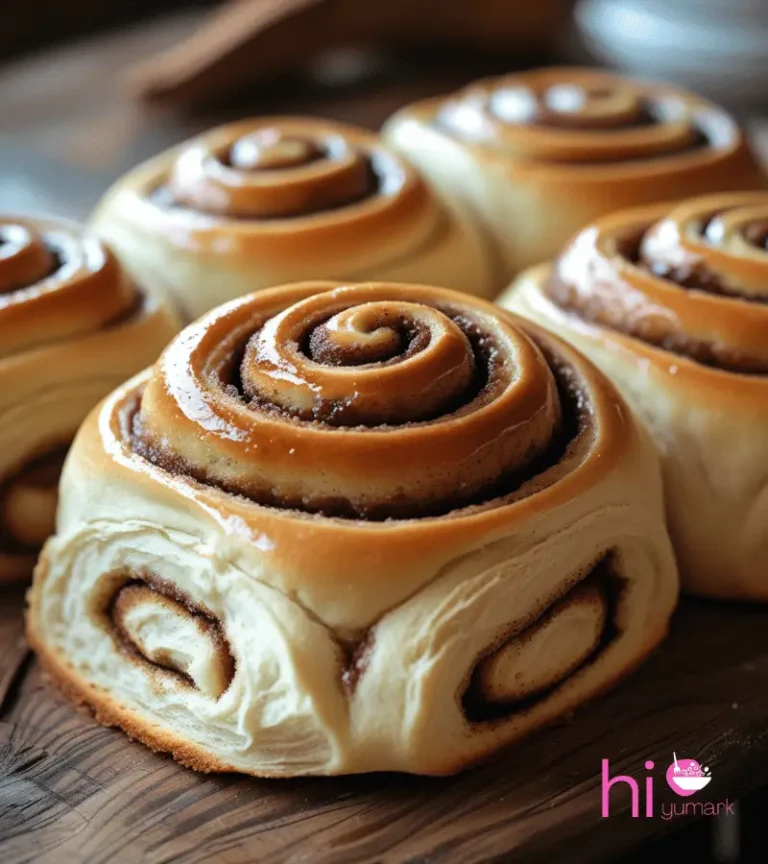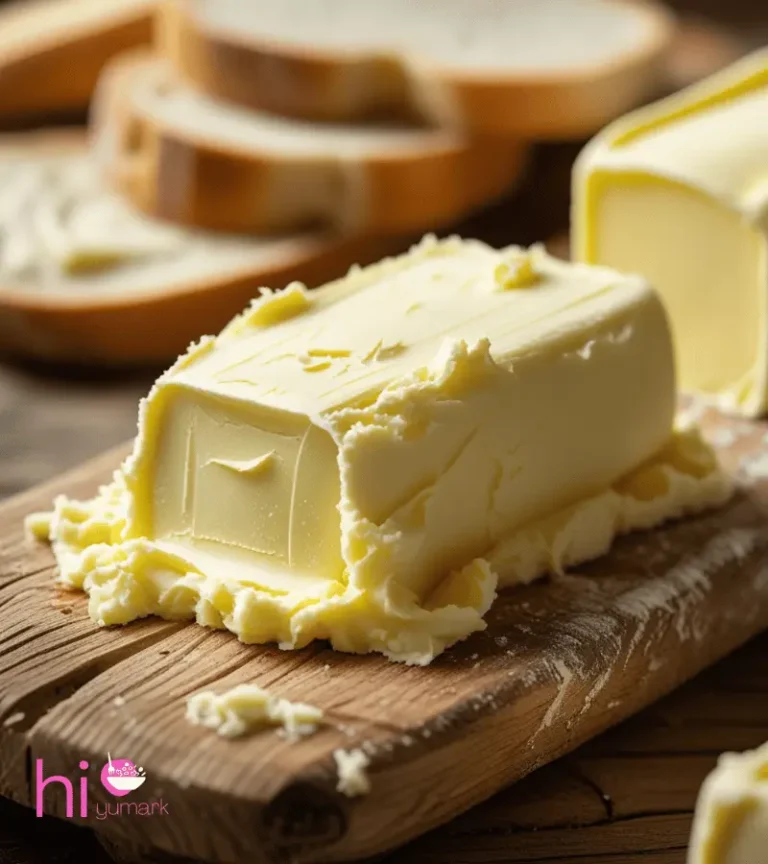Why Do Amish Breads Use Milk Instead of Water?
Ever bite into a slice of Amish bread and wonder why it’s so soft, rich, and just a little sweet? The secret isn’t magic – it’s milk. Amish bakers often swap water for milk because it adds fat, sugar, and proteins that make bread tender, flavorful, and golden.
In short, milk makes bread softer, longer-lasting, and more flavorful than water alone. It also helps the crust brown beautifully while keeping the inside moist. That’s why many Amish recipes have stood the test of time – they deliver the perfect balance of texture and taste.
In this article, we’ll break down exactly what milk does in bread, why Amish bakers love it, and how you can adjust your own recipes to get the same results.
What Effect Does Milk Have on Bread Compared to Water?
Milk changes bread in three major ways: texture, flavor, and shelf life.
- Texture: Milk fat coats the gluten strands, making the crumb soft and tender.
- Flavor: Lactose in milk adds mild sweetness that plain water can’t.
- Shelf Life: The fat and proteins help bread stay fresh longer.
In Amish kitchens, this means bread that’s perfect for sandwiches, toast, or just eating warm with butter.
How Does Milk Change Gluten Development and Dough Structure?
When you use water, gluten forms with fewer interruptions. Milk, however, brings fat and lactose, which slow gluten development. This results in a softer bite but also slightly less rise if the dough isn’t adjusted.
The solution?
- Use bread flour to strengthen gluten.
- Give the dough a slightly longer kneading time.
- Allow enough proofing so yeast can do its job despite the richer dough.
Why Does Milk Produce a Faster-Browning Crust?
Milk contains lactose, a sugar that caramelizes during baking. This means even if the bread isn’t fully baked inside, the crust can brown quickly.
Tip: Lower your oven temperature by 15–20°F (about 10°C) compared to water-based bread. This helps avoid over-browning before the inside is done.
Does Using Milk Require Adjusting Hydration?
Yes. Milk is about 87–90% water. When replacing water with milk, you’ll often need more liquid overall to get the same dough consistency.
Quick reference:
| Ingredient | Water Content |
| Whole milk | 87% |
| 2% milk | 88% |
| Skim milk | 90% |
If a recipe calls for 1 cup of water, you may need about 1 1/8 cups milk for similar hydration.
Should You Scald Milk Before Using It in Bread?
Traditionally, yes. Scalding (heating to just below boiling, then cooling) inactivates certain whey proteins that can weaken gluten and slow yeast.
Today’s pasteurized milk is less of a concern, but many Amish bakers still scald out of habit – and because it can improve texture and rise.
What Do Amish-Style Milk Breads Gain From Milk?
Amish milk bread is known for:
- Moist crumb that stays soft for days.
- Mild sweetness without being cake-like.
- Even browning and a thin, tender crust.
The combination makes it a staple for breakfast toast, dinner rolls, and even cinnamon swirl loaves.
Does Milk Bring Any Nutritional Benefits?
Yes. Milk adds:
- Protein for structure.
- Calcium for nutrition.
- Vitamin B12 and riboflavin.
While these don’t dramatically change bread’s nutritional profile, they’re a small bonus compared to water-based loaves.
Bottom Line for Bakers
Milk isn’t just a liquid swap – it’s an upgrade.
It changes everything from the dough’s feel to the bread’s flavor, crust, and storage life. But it also means you need to adjust proofing time, oven temperature, and hydration.
If you want your bread to have that soft, rich Amish texture, milk is your friend.
Conclusion
Amish bakers don’t use milk instead of water by accident. They do it because it makes bread softer, more flavorful, and longer-lasting. The difference is easy to taste in every slice.
For home bakers, milk can take a standard loaf and turn it into something special. The key is knowing how to adjust your recipe so the dough still rises well and bakes evenly.
Next time you bake, try swapping milk for water and see the change yourself. And when you’re ready for more baking tips and traditional recipes, come back – we’ve got plenty more to share.
Read related Amish recipe queries

